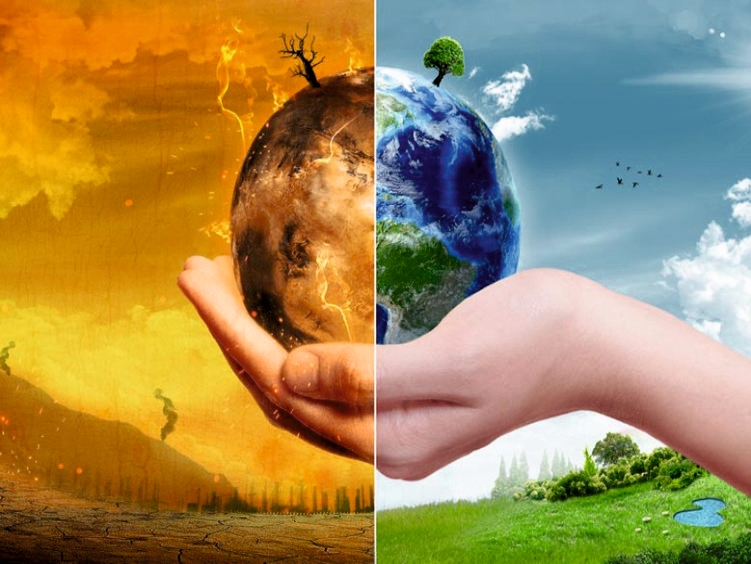Amberis
Climate Change
India is blessed with abundance in terms of natural resources but they are at serious threat of irreversible deterioration through their unsustainable exploitation. Being one of the highest emitters of greenhouse gases, India also experiences the adverse effects of climate change including their exacerbation of natural disasters like cyclones, storm surges and heat-waves. Since pre-industrial times, the Earth’s average temperature has risen by more than 1oC which has already led to an increase in wild-fires, terrible storms, large number of people die and leave homeless, widespread melting of polar ice and the consequent increase in sea-level coastal villages and island get submerged, the productivity of vegetable output decline, among other things. Climate models predict that the temperature will rise 5oC to 8oC by 2100 in comparison to pre-industrial times spelling catastrophic fundamental changes to life on the planet.

Save Nature
Global temperature rising is directly related to pollution due to corban-dioxide emission which has increased from around 5 Billion tons to 45 Billon tons from the year 1950 to 2017. Around 31% of emission from the Manufacturing steel, cement, plastic etc. Around 27% of emission from Electricity generation using coal. Around 19% of the emission from agriculture probably because of livestock agriculture, fertilizer, cutting forest. Around 16% emission from aeroplanes, cars, buses, lorries etc,. Around 7% emission is from Heating and Cooling sector. It is varying from countries to countries. These are the causes for climate disaster. It is slower than pandemic, but environment pollution caused climate change killing 5 times more than the pandemic death.
Again, the rural, underprivileged population are the worst-affected and left at the mercy of these natural forces, opening up the debate of climate justice. We believe that it is our responsibility to inform them about these issues and equip them with tools and practices to make sure they can adapt to climate change. For example, this can be done in the agricultural sector by reskilling small-holder traditional farmers with modern climate-resilient agricultural models while also drawing from the wisdom of traditional practices.



